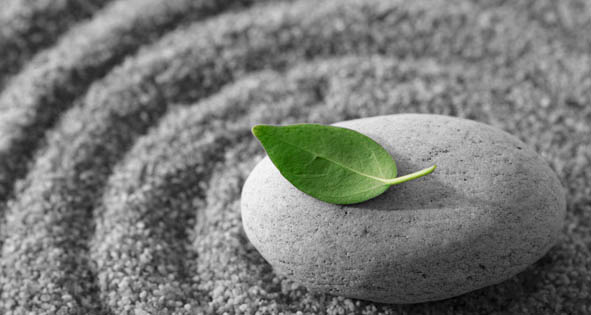Energy for Spiritual Health
Energy is defined as the strength and vitality required for sustained physical or mental health and activity.
Most of us have an awareness that food and mental stimulation are required sources of energy to be physically and mentally healthy. But how often do we take a step back to examine the energy required to sustain spiritual health? Or the source(s) we’ve allowed to provide this energy?
>>> Overall wellness includes body and soul <<<
As with the physical body, our spiritual body requires energy to be healthy. And like the physical body, there are sources of energy that are better suited to maintain the spiritual body than others. Let’s relate spirituality to food. It’s safe to say that most fast food is not healthy for you. It may be quick and convenient, but the nutrition level is extremely low…much like negativity/judgment/hate…all quick and easy to feel. The most nutritional food you can have tends to be food you make for yourself. Although it may be more difficult and take a bit longer, the preparation yields more nutritional and healthier results…much like love/patience/kindness.
When we take the time and connect directly to the source that is infinite love for us (whatever that source might be), we are preparing our own spiritual food, which will generate a stronger yield of love. We are all our own beautiful connection to love and love energy can naturally flow through us if we allow it. The energy then has an opportunity to flow from us and build love energy blended with love energy, until we’re all in a reality filled with love/patience/kindness.
Take the time to consider what you leverage as energy sources in spiritual aspects of your life. Do you tend to place your sources in others versus yourself? How can you begin to prepare your own personal connection, allowing that love to flow forward?








